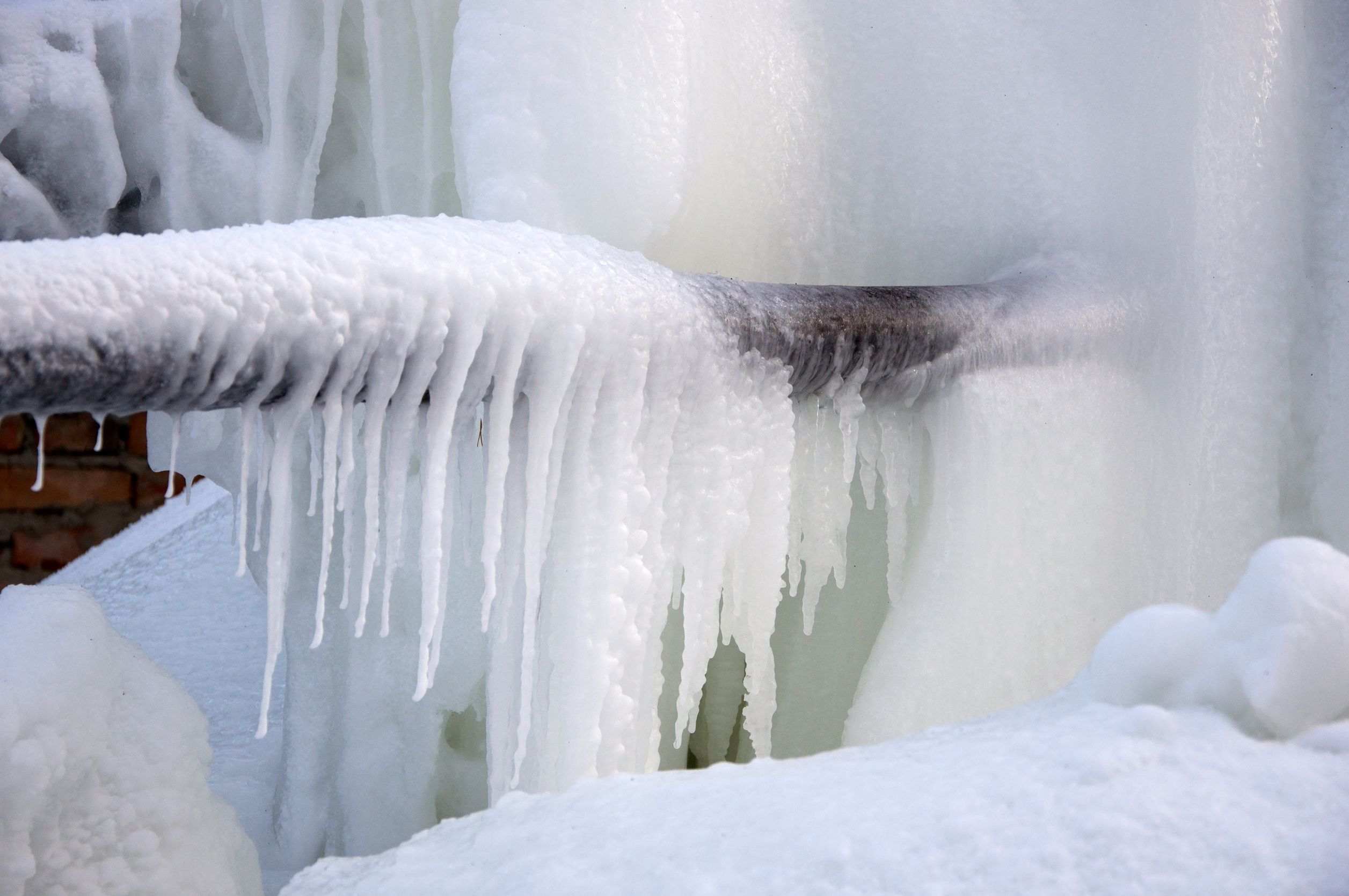Everyone has got his or her own rationale involving 6 Ways to Prevent Frozen Pipes.

Cold weather can wreak havoc on your pipes, especially by freezing pipes. Below's exactly how to prevent it from taking place and what to do if it does.
Intro
As temperatures decline, the danger of icy pipes rises, possibly causing costly fixings and water damages. Comprehending how to stop icy pipes is crucial for home owners in chilly climates.
Recognizing Icy Pipelines
What triggers pipes to ice up?
Pipes ice up when subjected to temperature levels listed below 32 ° F (0 ° C) for expanded periods. As water inside the pipelines ices up, it expands, taxing the pipeline walls and possibly causing them to rupture.
Risks and damages
Frozen pipelines can cause water disruptions, residential property damages, and costly fixings. Ruptured pipes can flood homes and create substantial structural damages.
Indicators of Frozen Pipeline
Identifying icy pipes early can prevent them from breaking.
How to recognize frozen pipelines
Search for lowered water flow from taps, unusual odors or sounds from pipes, and noticeable frost on exposed pipelines.
Avoidance Tips
Protecting at risk pipes
Wrap pipelines in insulation sleeves or make use of heat tape to secure them from freezing temperature levels. Focus on pipes in unheated or outside locations of the home.
Home heating techniques
Keep interior areas effectively heated up, particularly areas with pipes. Open closet doors to allow cozy air to distribute around pipelines under sinks.
Safeguarding Exterior Plumbing
Garden hoses and outside taps
Detach and drain pipes garden pipes prior to winter season. Mount frost-proof spigots or cover outside taps with shielded caps.
What to Do If Your Pipelines Freeze
Immediate activities to take
If you believe icy pipelines, keep faucets open up to eliminate pressure as the ice thaws. Use a hairdryer or towels taken in warm water to thaw pipes gradually.
Long-Term Solutions
Architectural adjustments
Think about rerouting pipelines away from exterior walls or unheated locations. Include added insulation to attics, basements, and crawl spaces.
Upgrading insulation
Purchase high-grade insulation for pipes, attic rooms, and wall surfaces. Correct insulation aids keep regular temperatures and reduces the risk of frozen pipes.
Conclusion
Avoiding icy pipes needs positive procedures and quick reactions. By understanding the causes, indicators, and safety nets, house owners can secure their pipes during cold weather.
5 Ways to Prevent Frozen Pipes
Drain Outdoor Faucets and Disconnect Hoses
First, close the shut-off valve that controls the flow of water in the pipe to your outdoor faucet. Then, head outside to disconnect and drain your hose and open the outdoor faucet to allow the water to completely drain out of the line. Turn off the faucet when done. Finally, head back to the shut-off valve and drain the remaining water inside the pipe into a bucket or container. Additionally, if you have a home irrigation system, you should consider hiring an expert to clear the system of water each year.
Insulate Pipes
One of the best and most cost-effective methods for preventing frozen water pipes is to wrap your pipes with insulation. This is especially important for areas in your home that aren’t exposed to heat, such as an attic. We suggest using foam sleeves, which can typically be found at your local hardware store.
Keep Heat Running at 65
Your pipes are located inside your walls, and the temperature there is much colder than the rest of the house. To prevent your pipes from freezing, The Insurance Information Institute suggests that you keep your home heated to at least 65 degrees, even when traveling. You may want to invest in smart devices that can keep an eye on the temperature in your home while you’re away.
Leave Water Dripping
Moving water — even a small trickle — can prevent ice from forming inside your pipes. When freezing temps are imminent, start a drip of water from all faucets that serve exposed pipes. Leaving a few faucets running will also help relieve pressure inside the pipes and help prevent a rupture if the water inside freezes.
Open Cupboard Doors
Warm your kitchen and bathroom pipes by opening cupboards and vanities. You should also leave your interior doors ajar to help warm air circulate evenly throughout your home.

We hope you enjoyed reading our part about How To Avoid Freezing Pipes. Thanks a ton for spending some time to read through our content. Liked our write up? Please quickly share it. Let others locate it. I thank you for your readership.
Click